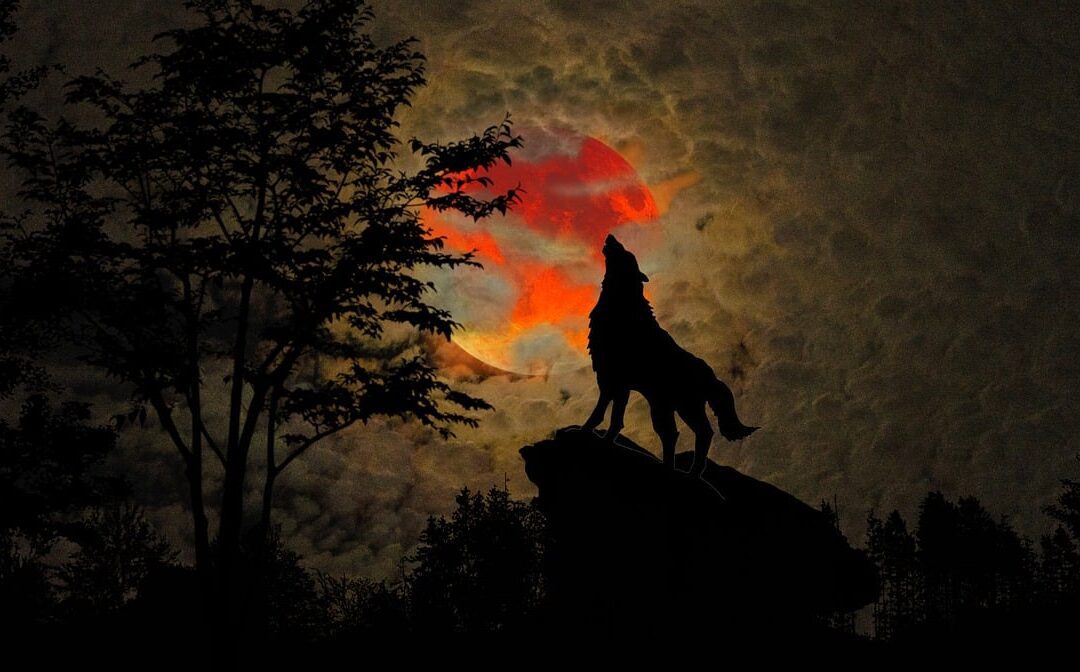Romance Books: An Unfolding Map of Desire and Connection
Romance books delve into the intricate terrain of human relationships, threading the delicate balance between attraction, vulnerability, and transformation. Far from adhering to one-dimensional portrayals, modern romance literature dissects the unpredictable architecture of intimacy. Through richly layered narratives, these works carve out emotional landscapes that blend the tangible and the abstract, often addressing unspoken complexities with an intensity reminiscent of contemporary prose.
The Layers of Love in Fiction
Romance is rarely linear. The most captivating novels explore its multifaceted nature—unraveling themes of longing, power, compromise, and self-discovery. These narratives shatter simplistic ideals, portraying characters whose emotional journeys resonate with raw authenticity. In novels like The Time Traveler’s Wife or One Day, the fragility of time mirrors the fragility of human connection. Similarly, the sharp ache of heartbreak in sad romance novels reminds readers that love, though vast, often bears the weight of sorrow.
Through these stories, romance transcends sentimentality, evolving into a genre that interrogates the very foundations of human bonds. Romantic tension often finds itself rooted in unexpected spaces, where ordinary settings like cafés or libraries become arenas for profound emotional revelations. Writers spotlight these locations, transforming the mundane into moments of unanticipated resonance.
Desire as Catalyst and Chaos
Desire in romance fiction is more than fleeting attraction; it’s the friction that drives characters into personal and relational upheaval. The passion-laden conflict found in romance novel excerpts demonstrates how desire serves as a catalyst for dramatic evolution. From the intoxicating allure of forbidden love to the quiet intensity of unspoken yearning, these tales uncover the layers of human need, exposing motives, vulnerabilities, and ambitions.
Betrayal also becomes a fertile ground for exploration. Narratives surrounding infidelity, such as those seen in cheating wife confessions, probe the fractures of intimacy. These stories unravel trust and longing, reframing them through the lens of flawed decisions and the complexities of emotional entanglement.
Romance Beyond Tradition
Modern romance frequently escapes conventional dynamics, offering nuanced portrayals that encompass diverse identities, non-linear structures, and unconventional resolutions. This evolution aligns romance with broader literary movements, ensuring its relevance within both genre fiction and the wider literary canon.
Hybrid narratives, blending romance with genres like mystery or speculative fiction, push the boundaries of the form. Books like The Night Circus and Cloud Atlas illustrate how romance can ground sprawling plots, anchoring readers in human relationships even as fantastical elements unfold. These experimental stories resonate with the innovative energy found in contemporary prose, offering readers fresh perspectives on love’s literary possibilities.
The Weight of Loss
Loss often serves as the cornerstone of romantic storytelling. Whether through death, disillusionment, or separation, the absence of connection imbues these stories with emotional gravitas. In sad romance novels, this element takes center stage, allowing readers to process grief alongside characters navigating the pain of love lost. These narratives challenge the concept of happily-ever-after, instead honoring love’s impermanence and the resilience it demands.
The Shape of Modern Love
Today’s best romance books are a kaleidoscope of form, substance, and vision, reflecting the fluidity of contemporary relationships. From sweeping epics to the intimate intensity of character-driven dramas, the genre embraces its multiplicity, drawing readers into its diverse dimensions. Whether capturing the quiet thrill of first love or the labyrinthine complexity of enduring partnerships, romance continues to evolve, illuminating the most private and transformative corners of the human experience.







